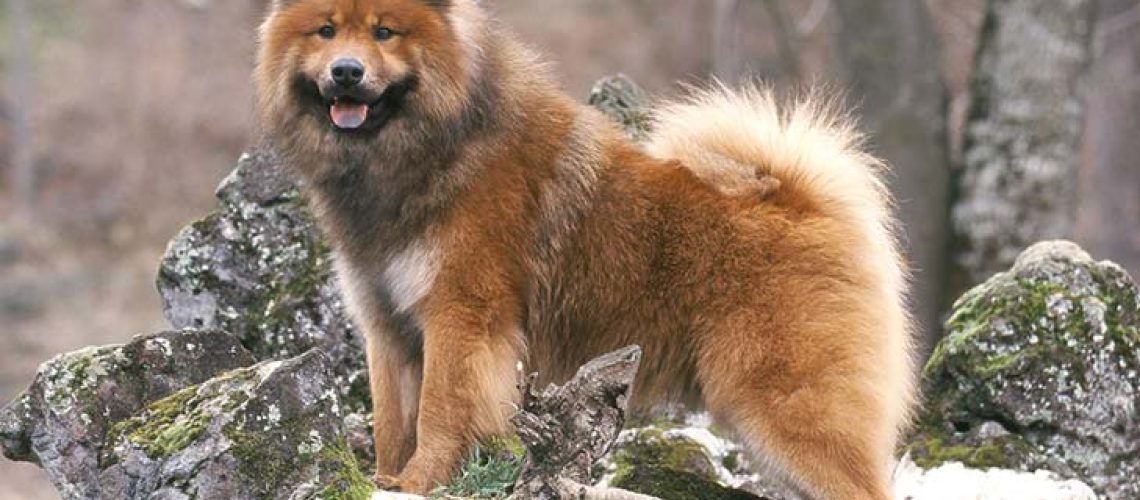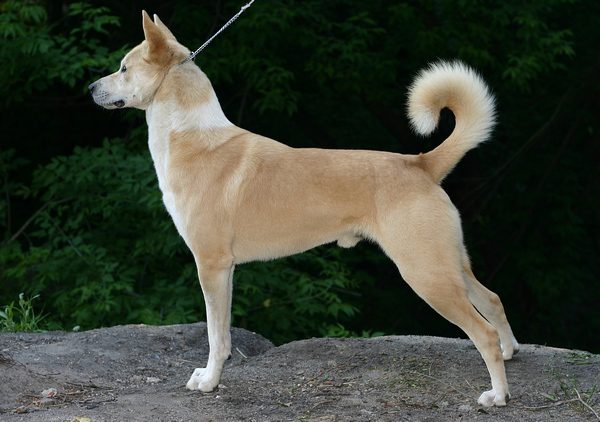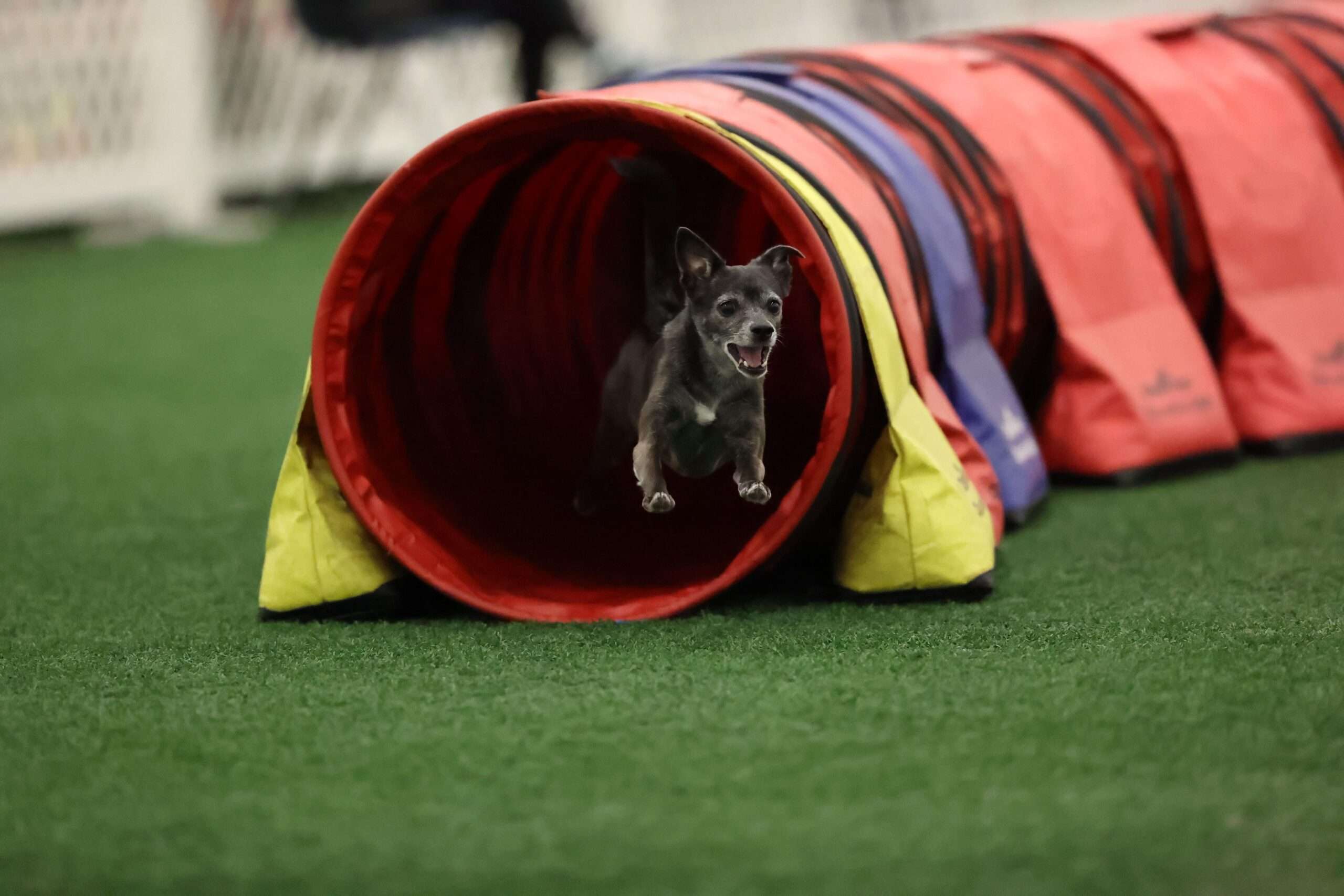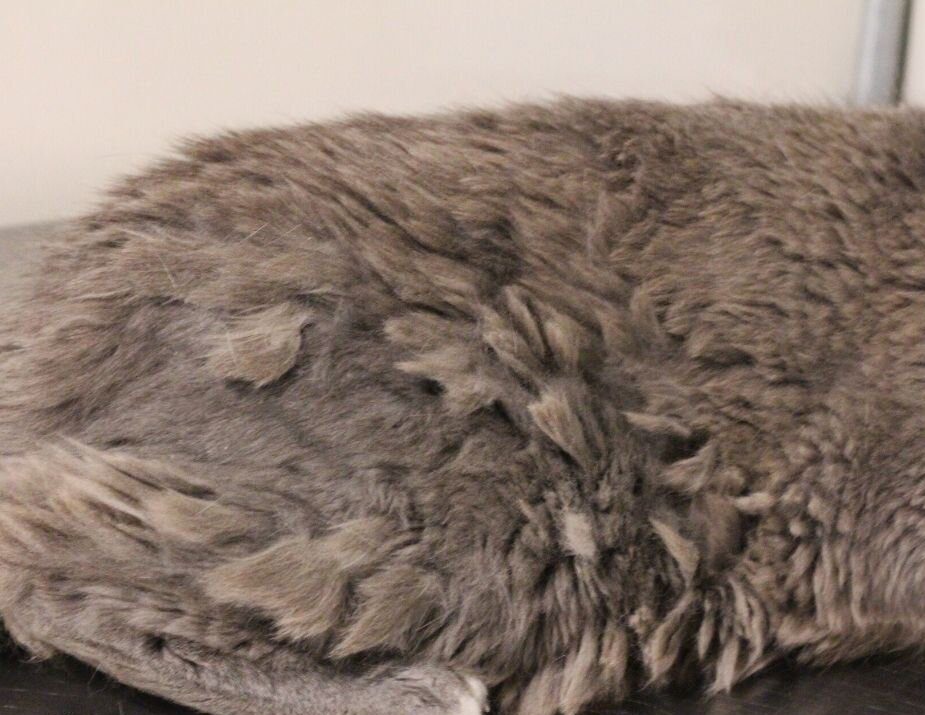Key Takeaways:
- Eurasiers are a medium-sized dog breed known for their calm and gentle nature.
- They are highly intelligent and trainable, making them suitable for various activities such as obedience training and agility.
- Eurasiers have a thick double coat that requires regular grooming to keep it healthy and free from mats.
- Proper socialization is essential for Eurasiers to prevent shyness or aggression towards strangers or other animals.
- Regular exercise is necessary to keep Eurasiers mentally and physically stimulated, but they do not require excessive amounts of exercise.
Are you a dog lover? Do you enjoy learning about different dog breeds and their unique characteristics? If so, then delving into the world of Eurasiers is a must! These adorable furry companions are not only incredibly lovable, but they also possess a wide range of traits that make them stand out from other breeds. Whether you're considering getting a Eurasier or simply want to expand your knowledge about dogs, understanding the characteristics and care requirements of this breed is essential. So, let's embark on this exciting journey together as we explore everything there is to know about Eurasiers - from their temperament and grooming needs to their intelligence and exercise requirements. Get ready to be captivated by these fascinating canines and discover why they make such wonderful companions in our lives. Let's dive in!
What is a Eurasier dog breed?
A Eurasier is a medium-sized dog breed that originated in Germany. It was developed by crossing Chow Chows, Samoyeds, and Wolfspitz (also known as Keeshonds). The goal was to create a versatile companion dog with an excellent temperament.
Eurasiers have a well-balanced body structure with a wedge-shaped head, almond-shaped eyes, and small, triangular ears. They have a thick double coat that comes in various colors, including black, gray, fawn, and red. Their tails are usually carried over their back in a sickle shape.
Origin of the Eurasier
The Eurasier breed was developed in the 1960s by Julius Wipfel in Germany. He aimed to create a family-friendly dog that possessed the best qualities of its parent breeds. The Chow Chow contributed to the Eurasier's protective nature and strong bond with its family. The Samoyed added friendliness and adaptability, while the Wolfspitz brought intelligence and agility.
Appearance of Eurasiers
- Eurasiers have medium-sized bodies with well-developed muscles.
- Their heads are proportionate to their bodies and have a gentle expression.
- Their eyes are dark-colored and convey warmth and intelligence.
- Their double coats consist of a dense undercoat and longer guard hairs on top.
- Eurasiers' tails are bushy and curl over their backs.
Size of Eurasiers
Eurasiers typically weigh between 40-70 pounds (18-32 kg) for males and 35-55 pounds (16-25 kg) for females. They stand at a height of 20-24 inches (51-61 cm) at the shoulder.
Personality traits of Eurasiers
Eurasiers are known for their calm and even-tempered personalities. They are loyal and affectionate towards their families, making them excellent companions. These dogs are intelligent and eager to please, which makes training relatively easy.
Eurasiers have a strong sense of loyalty and protective instincts towards their loved ones. They are generally reserved with strangers but can warm up to them once properly introduced. Their gentle nature also makes them suitable for households with children.
Temperament of Eurasiers
The temperament of Eurasiers can be described as calm, friendly, and alert. They are not overly aggressive or dominant, making them suitable for first-time dog owners. Eurasiers enjoy being part of the family and may experience separation anxiety if left alone for long periods.
Socialization and Training
- Eurasiers benefit from early socialization to expose them to different people, animals, and environments.
- Positive reinforcement training methods work best with Eurasiers as they respond well to praise and rewards.
- Consistency and patience are key when training a Eurasier.
Daily exercise needs for a Eurasier
Eurasiers have moderate exercise needs that can be met through daily walks, playtime, or interactive activities. While they enjoy physical exercise, they are not hyperactive dogs that require intense workouts.
Adequate mental stimulation is equally important for Eurasiers as they are intelligent dogs that thrive on mental challenges. Puzzle toys or obedience training sessions can help keep their minds sharp.
Exercise Routine for Eurasiers
A typical exercise routine for a Eurasier may include:
- Two daily walks of moderate length, around 30 minutes each.
- Engaging in interactive play sessions with their owners, such as fetch or hide-and-seek.
- Including mental stimulation activities like obedience training or puzzle toys.
Outdoor Activities for Eurasiers
Eurasiers enjoy various outdoor activities that allow them to explore and use their senses. Some suitable outdoor activities for Eurasiers include:
- Hiking or walking in nature trails
- Visiting dog-friendly parks where they can socialize with other dogs
- Participating in canine sports like agility or obedience trials
Grooming routine for a Eurasier
Eurasiers have a thick double coat that requires regular grooming to keep it clean and healthy. They are considered a low-shedding breed, but they do shed seasonally.
Grooming Needs of Eurasiers
The grooming routine for a Eurasier includes:
- Regular brushing at least once a week to remove loose hair and prevent matting.
- Bathing as needed, usually every few months or when they get dirty.
- Nail trimming every few weeks to maintain proper nail length.
- Cleaning the ears regularly to prevent wax buildup and potential infections.
- Brushing the teeth several times a week to maintain good oral hygiene.
Professional Grooming Assistance
If you are not confident in grooming your Eurasier or prefer professional assistance, you can take them to a groomer who is experienced with double-coated breeds. They can provide additional services such as coat trimming or shaping.
Eurasiers and their compatibility with children and other pets
Eurasiers are generally good with children and can form strong bonds with them. However, it is essential to supervise interactions between dogs and young children to ensure everyone's safety.
When properly socialized, Eurasiers can get along well with other pets in the household, including cats and other dogs. Early introductions and positive experiences help establish harmonious relationships between Eurasiers and other animals.
Children and Eurasiers
Eurasiers have a patient nature, making them suitable for families with children. However, it is important to teach children how to interact appropriately with dogs, such as not pulling their ears or tail.
Introducing Eurasiers to Other Pets
When introducing a Eurasier to other pets, it is recommended to:
- Gradually introduce them in a controlled environment.
- Use positive reinforcement techniques when they display calm behavior around each other.
- Always supervise initial interactions until you are confident that they get along well.
Tips for training and caring for a Eurasier
Training and caring for a Eurasier require consistency, patience, and understanding of their unique needs. Here are some tips to help you:
Obedience Training
- Start obedience training early using positive reinforcement methods.
- Reward desired behaviors with treats or praise.
- Keep training sessions short and engaging to maintain their focus.
Mental Stimulation
Eurasiers thrive on mental stimulation, so it is important to provide them with activities that challenge their minds. Some ideas include:
- Interactive puzzle toys that require problem-solving skills.
- Teaching them new tricks or commands regularly.
- Engaging in scent games where they have to find hidden treats or objects.
Healthcare and Regular Check-ups
Caring for a Eurasier includes regular veterinary check-ups, vaccinations, and preventive measures against common health issues. It is important to:
- Schedule annual wellness exams with a trusted veterinarian.
- Keep up-to-date with vaccinations and parasite prevention treatments.
- Monitor their weight and diet to prevent obesity-related health problems.
Bonding and Quality Time
Eurasiers form strong bonds with their families, so spending quality time together is crucial for their well-being. Some bonding activities include:
- Taking them on walks or hikes in nature.
- Cuddling and grooming sessions to strengthen the bond between you.
- Including them in family activities and outings whenever possible.
Training a Eurasier
Start Early
To ensure successful training, it is important to start early with your Eurasier puppy. Begin by establishing a consistent routine for feeding, potty breaks, and exercise. This will help your pup understand what is expected of them and create a sense of structure in their daily life. Additionally, early socialization is crucial for a well-rounded Eurasier. Introduce your puppy to different people, animals, and environments to help them develop into confident and friendly dogs.
Use Positive Reinforcement
When training your Eurasier, it is best to use positive reinforcement techniques. This means rewarding good behavior with treats, praise, or playtime instead of punishing unwanted behavior. Eurasiers are sensitive dogs that respond well to gentle guidance and encouragement. By using positive reinforcement, you can build a strong bond with your dog based on trust and respect.
Training Tips:
- Keep training sessions short and frequent to maintain your dog's focus.
- Use clear and consistent cues or commands for each desired behavior.
- Be patient and understanding; every dog learns at their own pace.
- Make training fun by incorporating games or interactive toys.
Caring for a Eurasier
Grooming
Eurasiers have a thick double coat that requires regular grooming to keep it healthy and free from mats or tangles. Brushing your Eurasier's coat at least once a week will help remove loose hair and prevent excessive shedding. During shedding seasons, more frequent brushing may be necessary. Additionally, regular nail trims, ear cleaning, and teeth brushing are essential parts of the grooming routine.
Exercise Needs
While Eurasiers are not overly active dogs, they still require regular exercise to stay mentally stimulated and physically fit. Daily walks or play sessions in a securely fenced yard are usually sufficient to meet their exercise needs. However, it is important to note that Eurasiers thrive on human companionship and enjoy participating in activities with their owners. Consider engaging in obedience training, agility courses, or other canine sports to provide additional mental and physical stimulation for your Eurasier.
Caring Tips:
- Provide a balanced diet formulated for the specific needs of Eurasiers.
- Regularly check and clean your dog's ears to prevent infections.
- Keep up with vaccinations, flea/tick prevention, and regular veterinary check-ups.
- Create a comfortable and safe living environment for your Eurasier, including a cozy bed and access to fresh water at all times.
Remember, training and caring for a Eurasier requires patience, consistency, and love. By following these tips and providing proper care, you can build a strong bond with your Eurasier companion that will last a lifetime.
In conclusion, the Eurasier is a friendly and intelligent dog breed that requires moderate exercise and grooming. They make great family pets and are known for their loyalty and affectionate nature.
What are the negatives of a Eurasier?
Although Eurasiers are typically healthy, there is a small chance that they may inherit certain diseases from their parents or from the original breeds. Veterinarians are knowledgeable about conditions such as hip dysplasia, hypothyroidism, and eye and eyelash disorders like ectropion and entropion.
Is a Eurasier a good family dog?
Eurasiers have a reputation for being calm and having a steady temperament, which makes them great companions for children of any age, particularly if they are raised together. These dogs, which are typically medium to large in size, usually interact well with energetic children and are not prone to aggression.
How do you take care of an Eurasier?
Eurasiers are known for being naturally clean and generally do not have a strong odor. It is recommended to bathe them when they are dirty and trim their nails on a weekly or bi-weekly basis. It is important to regularly check their ears for wax buildup and irritation, at least once a week. Additionally, it is advised to brush their teeth on a daily basis.
Are Eurasiers aggressive?
Eurasiers are dogs that have a calm and even-tempered nature. They are attentive and cautious, but not fearful or aggressive, around unfamiliar people. Eurasiers develop strong bonds with their families.
How often do you bathe an Eurasier?
The Eurasier does not require frequent bathing. It is advisable to bathe them twice a year, typically during their shedding season, to aid in loosening the hair and facilitating the shedding process.
Are Eurasiers good off leash?
Eurasiers are highly focused on their pack, making it easy to train them to walk without a leash. To do this, you find a safe area, unhook the leash, and start walking. The goal is for the puppy to follow you and keep their attention on you, rather than the other way around.

















